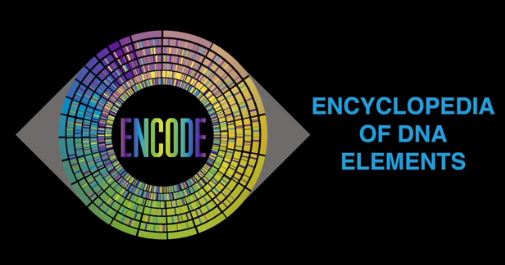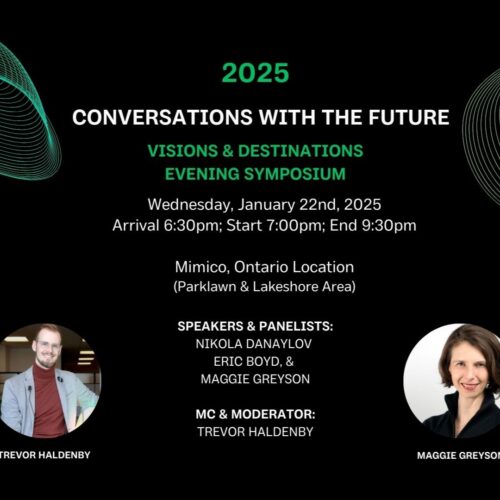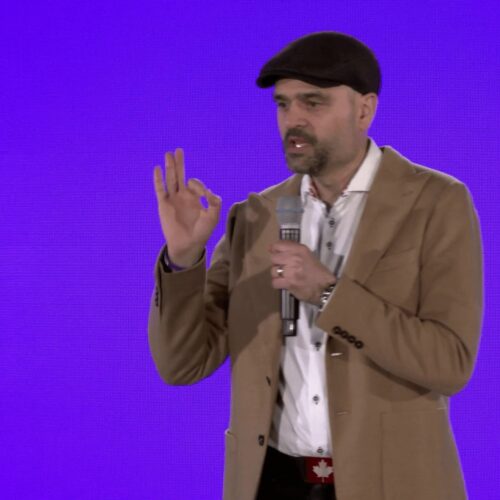ENCODE: The Story of You
Ever since a monk called Mendel started breeding pea plants we’ve been learning about our genomes.
In 1953, Watson, Crick and Franklin described the structure of the molecule that makes up our genomes: the DNA double helix. Then, in 2001, scientists wrote down the entire 3-billion letter code contained in the average human genome.
Now they’re trying to interpret that code; to work out how it’s used to make different types of cells and different people.
The ENCODE project, as it’s called, is the latest chapter in the story of you.
ENCODE, the Encyclopaedia of DNA Elements, is the most ambitious human genetics project to date. It takes the 3 billion letters described by the Human Genome Project in 2000, and tries to explain them. Remarkably, ENCODE scientists have managed to assign a biochemical function to 80% of the genome, including the genes and the parts of the genome that tell those genes what to do. This information is helping us understand how genomes are interpreted to make different types of cells and different people — and crucially, how mistakes can lead to disease.
In this video, ENCODE’s lead coordinator, Ewan Birney, and Nature editor Magdalena Skipper talk about the challenges of managing this colossal project and what we’ve learnt about our genomes.
To read the research papers and more, visit http://www.nature.com/ENCODE
Related articles










